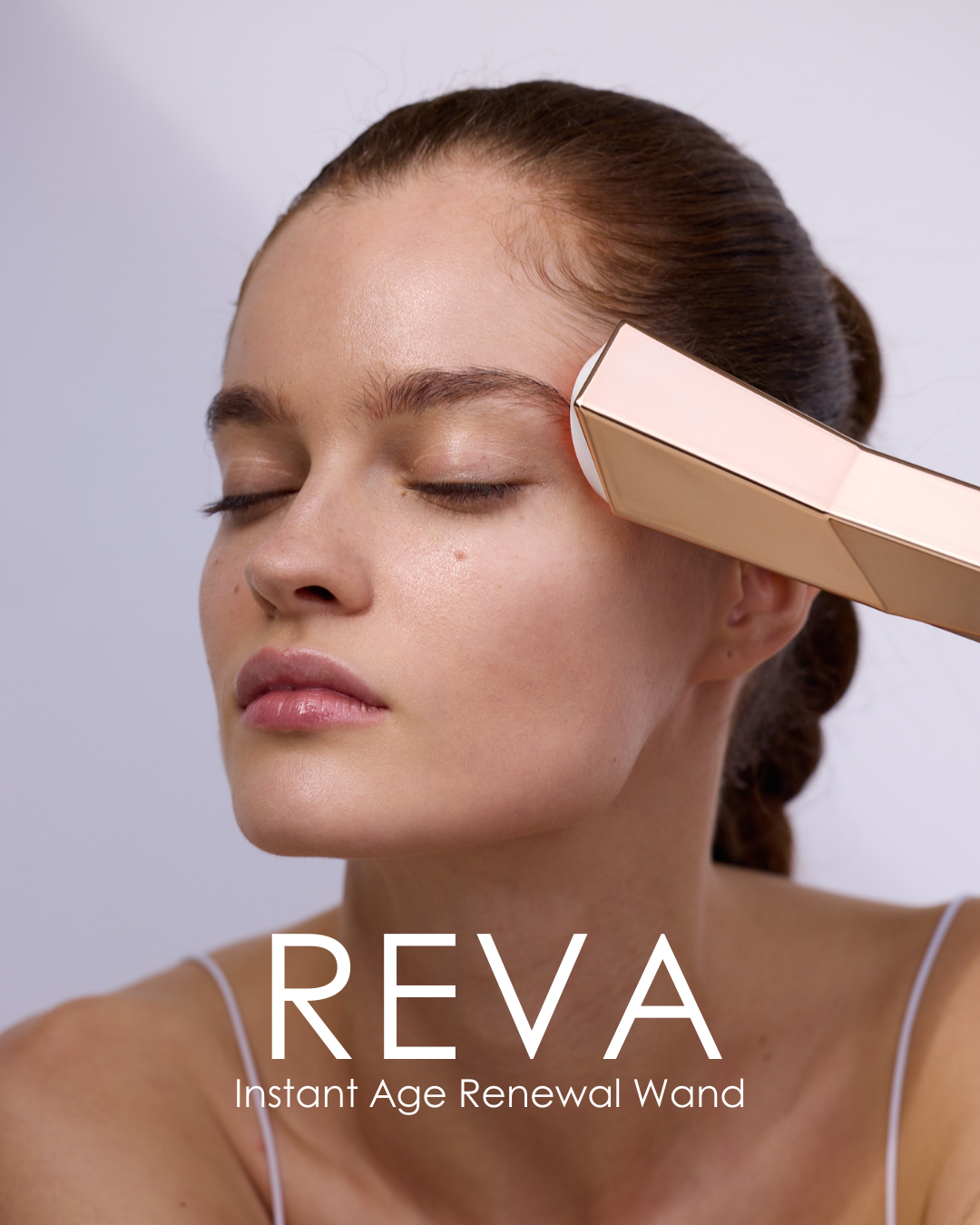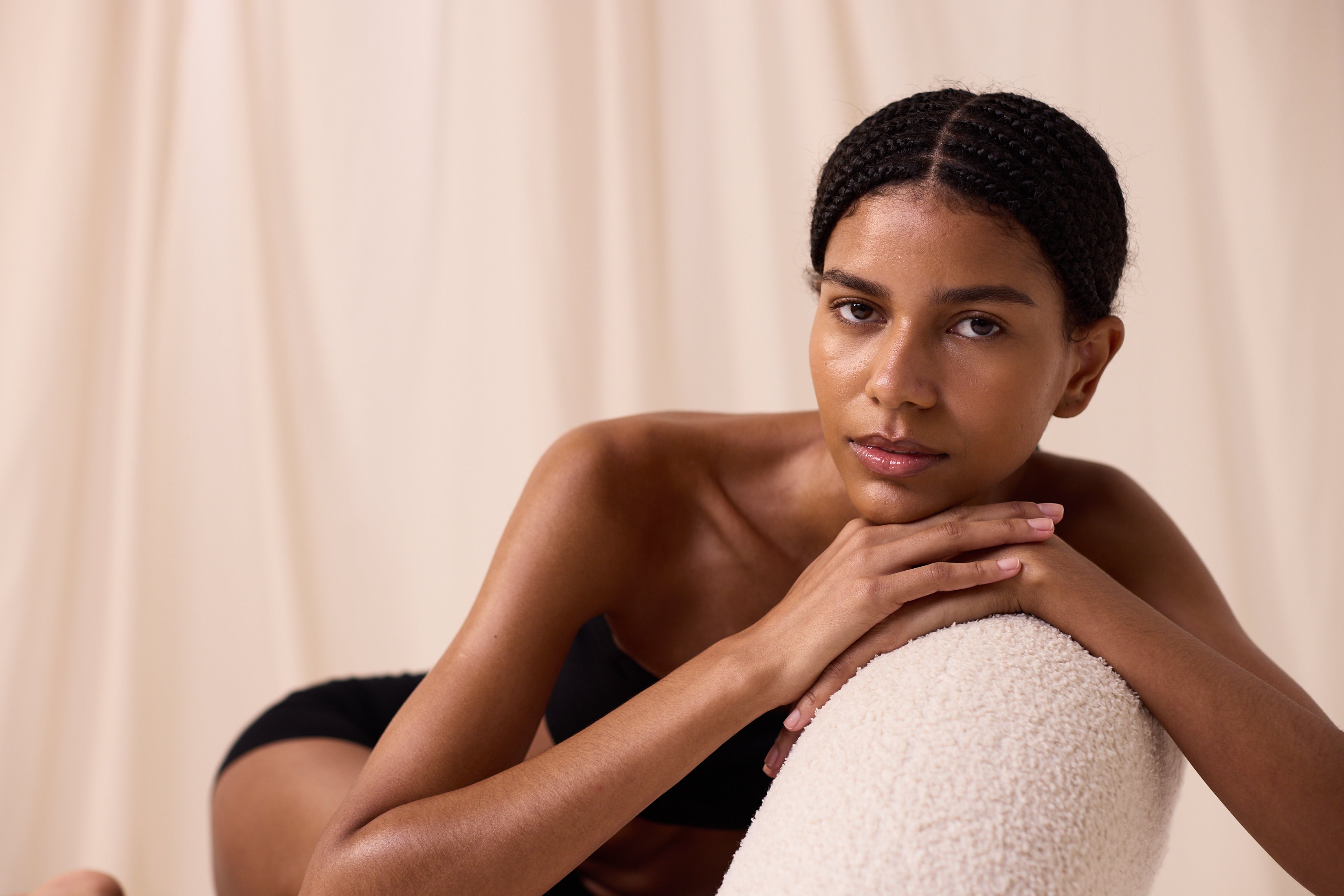
How to Combine Retinol and Red Light Therapy: Your Ultimate Anti-Aging Routine
IN THIS ARTICLE:
-
01 How do Red Light and Retinol Work For Anti-Aging?
02 Can You Use Red Light Therapy with Retinol In The Same Routine?
03 So In Summary: What Happens If I Apply Retinol Before Red Light?
04 How to Properly Incorporate Retinol and Red Light in the Same Routine?
05 Do Retinol and Red Light Work Well Together? - 06 What About Tretinoin and Red Light Therapy? Or Retin-A and Red Light Therapy?
-
07 Can I Use Tretinoin After Red Light Therapy?
08 The Takeaway: Retinol and Red Light Therapy Together
4-minute read
Retinol and red light are powerful skincare techniques that support healthy aging by targeting fine lines, wrinkles, and other prominent signs of aging. Combining red light and retinol forms the basis of a very effective anti-aging regimen - and a sure way to make your derm proud.
Red light triggers certain cellular responses while retinol neutralizes free radicals in the middle layer of your skin.
How do Red Light and Retinol Work for Anti-Aging?
Red light therapy works by increasing the energy in the cells to trigger the production of new collagen while retinol works by increasing cell turnover. Retinoids help reduce wrinkles by promoting the growth of skin cells (keratinocytes), which strengthen the skin's protective barrier. This helps keep moisture in, prevents the breakdown of collagen (the protein that keeps skin firm), and slows down the activity of enzymes that damage skin tissue.
Both techniques are scientifically proven and safe, but how we integrate them into our skincare routine is key to unlocking the best from each treatment.
Can You Use Red Light Therapy with Retinol in the Same Routine?
Yes, and you should. Retinol and red light therapy devices can even be used in the same routine - but the order is very important. Retinol increases the skin’s sensitivity to the sun - but this also applies to artificial light such as red light wavelengths. It is recommended to apply retinol by night as it is broken down by ultraviolet light from the sun - rendering it ineffective. Red light can also make the skin more sensitive to light so to prevent any unwanted irritation always apply retinol after your red light therapy session. Red light therapy should always be carried out on a freshly cleansed face before applying any skincare - not just retinol. With other serums, the risk is slightly different—it can interfere with the red light wavelengths, preventing them from working effectively.
So In Summary: What Happens If I Apply Retinol Before Red Light?
The skin becomes more sensitive to light potentially causing some sensitivity
Retinol (or any serum) may block red light wavelengths from reaching the deeper dermal skin layers reducing the effectiveness of the treatment
How to Properly Incorporate Retinol and Red Light in the Same Routine?
If you are new to retinol, it is best to avoid using red light therapy in the same routine due the increased potential for irritation. But if you are a seasoned retinol user - here's the recommended routine:
1. Cleanse
2. Use Your LED facemask
3. Wait 10-15 mins
4. Apply retinol
5. Apply follow-up PM serums and moisturizers
Do Retinol and Red Light Work Well Together?
Retinol and red light really complement one another as both anti-aging treatments, but also in supporting general skin health and appearance. In addition to its anti-aging, retinol prevents acne and targets any unwanted hyperpigmentation. Red light reduces inflammation, and treats acne, inflammation, and other common skin conditions such as rosacea and psoriasis. The beauty of these two treatments is that they target different skin layers - providing a very comprehensive treatment. Retinol and other vitamin A derivatives treat the top (epidermal) and middle skin layers, while red light penetrates much deeper into the dermis. If your red light therapy mask also has infrared light, it works even deeper into the subcutaneous tissue and surrounding muscles.
What About Tretinoin and Red Light Therapy? Or Retin A and Red Light Therapy?
Tretinoin is a more potent vitamin A that is typically only available with a prescription. It is also known as retinoic acid - it is an active retinoid and therefore absorbed far quicker than retinol. It is used in a similar way to retinol for anti-aging and is also used to treat acne, skin tone, and enlarged pores. The same rules apply when combining tretinoin and red light therapy. As tretinoin is much stronger it is important to exercise even more caution when combined with red light therapy.
Can I Use Tretinoin After Red Light Therapy?
If your skin is very comfortable with your current tretinoin routine - wait 10-15 minutes after your red light therapy treatment to apply tretinoin.
LumaLux Face | Pro LED Light Therapy Mask
Our most advanced LED mask for deeper skin renewal - fine lines, acne, hyperpigmentation, skin texture
The Takeaway: Retinol and Red Light Therapy Together
Retinol and red light can be safely combined in the same routine. Retinol boosts cell turnover and addresses surface issues, while red light therapy stimulates deeper collagen production. To get the best results, apply retinol after red light therapy to avoid irritation and maximize effectiveness. With patience and the right routine, these powerful treatments work together for smoother, more youthful, and more radiant complexion.

written by Charlotte Rycroft


















Leave a comment
This site is protected by hCaptcha and the hCaptcha Privacy Policy and Terms of Service apply.